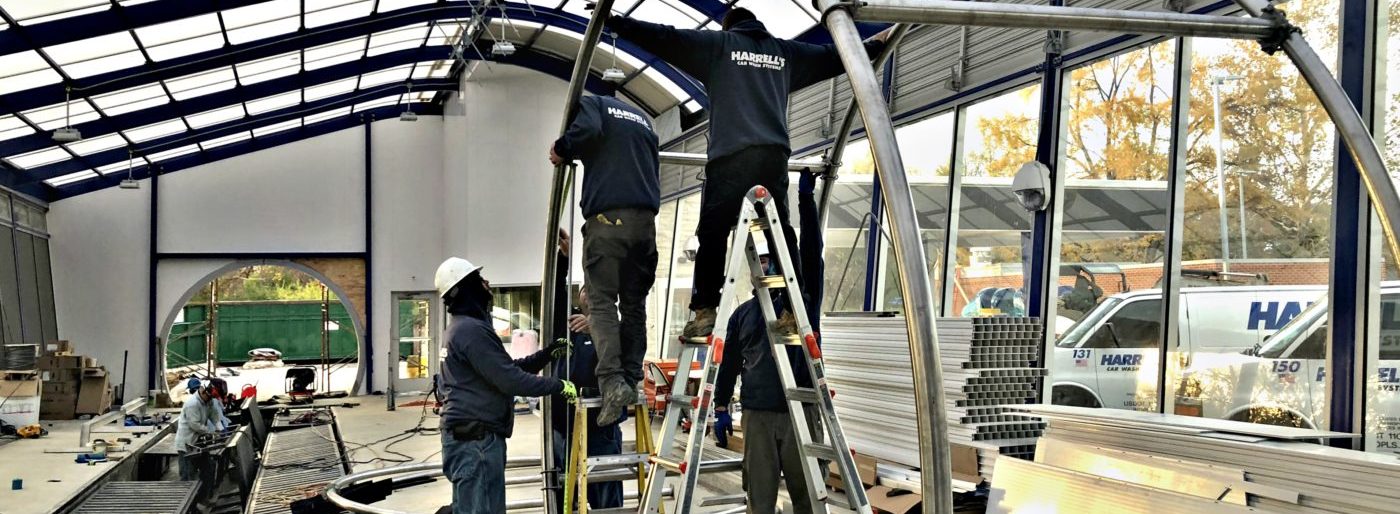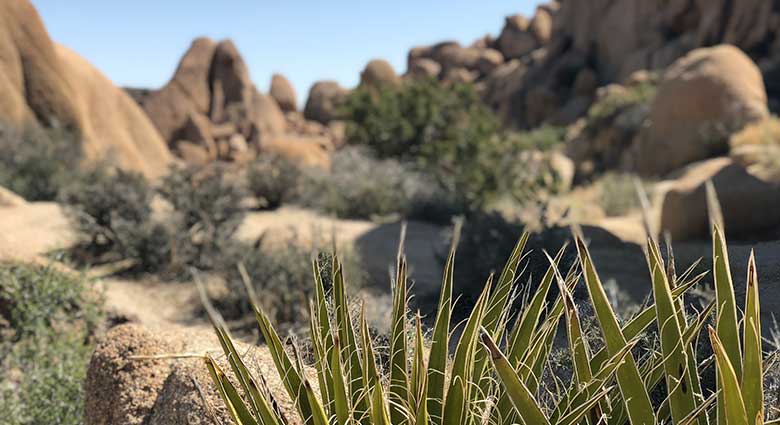As the COVID-19 pandemic stretches out, businesses everywhere have been tasked with adjusting. Without a definitive end in sight, it’s become clear the new measures being taken by the car wash industry aren’t just temporary—they’re here to stay, at least for a while. Rather than waiting it out, the smartest move you can make for your business is to adapt and proactively take stock of what you can do to stay profitable in the future. We’ve compiled 6 moves you can make to ensure your wash is as clean, safe, and prepared as possible in the ever-evolving landscape we’re all in.
Sanitize, Sanitize, Sanitize!
The bar on sanitization has been drastically raised across every industry imaginable, and the car wash industry isn’t an exception. If you want to continue operating your business safely and responsibly, taking increased measures to clean and sanitize is essential. This includes any and all shared surfaces, items, objects, buttons, handles, machines, pens…you get the idea. To keep it safe, you have to keep it clean.
Protect Your Employees
While employees are protecting customers, make sure you’re protecting your employees the very best you can. Provide any necessary masks or PPE they may need while on the job, have hand sanitizer or wash stations available, and minimize close contact in break rooms or restrooms. And always discourage anyone with a temperature or other COVID-19 symptoms to stay home and mitigate any potential spread of infection.
Communicate Clearly and Often
As the pandemic evolves, so do the mandates and restrictions in each state and county. Be sure to stay up on the most recent news in your area and communicate any updates or changes to how you operate. It’s important to keep everyone on the same page and clear on current policies. In addition to day-to-day operations, it’s a great idea to keep open the lines of communication on overall health. The virus is impacting most of us in multiple areas of our lives, and a compassionate check-in goes a long way in difficult times.
Leverage the Benefits of Technology
The benefits of a touchless experience have never been as evident as they are now. From touchless equipment to payment apps, any reduction in person-to-person contact goes a long way in keeping your customers comfortable and continuously washing their cars. If you’ve been considering investing in new technology for your business that helps on this front, now’s the time!
Stock Up
We all remember the clamor in the spring to buy up cleaning supplies and protective equipment, and even typical inventory. That’s what happens when you’re caught by surprise. As the pandemic continues and questions remain about what the future holds, it’s smart to stay stocked up on any supplies you anticipate you’ll need.
Roll With the Punches
We’ve all heard the word “unprecedented” too many times to count, but it’s worth mentioning again—we’re all trekking through new terrain together and it can be daunting. Staying flexible, smart, prepared, and optimistic is a good formula for navigating the coming months. The businesses that can adapt and embrace the changes are the ones that will thrive, and the entire family here at Harrell’s is here to help you do it.
Get in touch with us today and make sure you’re leveraging any and all of our knowledge for your success!




